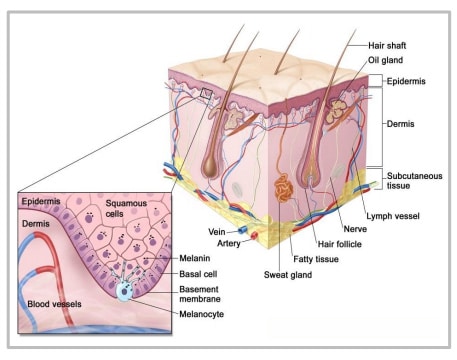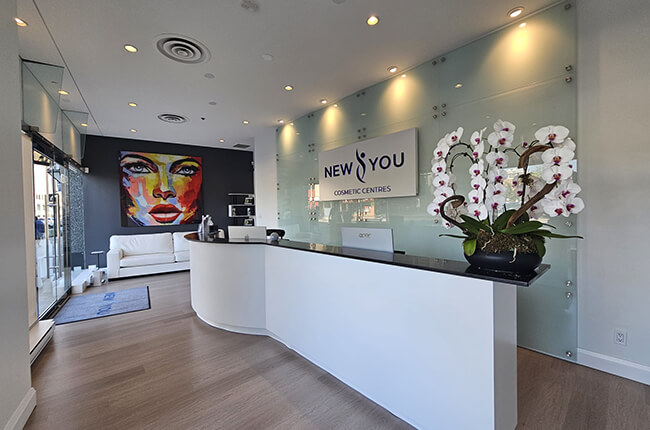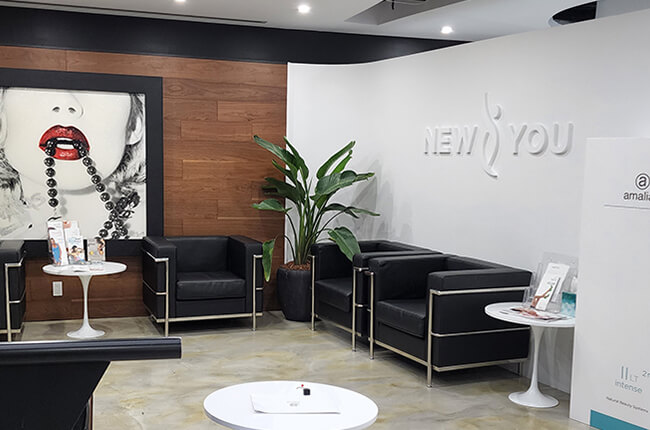Cosmelan

Melasma is a type of hyperpigmentation characterised by the appearance of generally symmetrical pigmented stains. Usually on the face, the cheeks, dorsal surface of the nose, forehead and upper lip.
It is common in women of all ethnic groups and skin types, but it is most frequent in Asian, African and Latin American’s.
Numerous treatment options have been consolidated in recent decades. In relation to the elimination of melanin.
Laser therapy and intense pulsed light (IPL) are the most popular solutions. However, they are expensive and invasive.
They have demonstrated heterogeneous efficacy and even pose a high risk of post-inflammatory hyperpigmentation.
Contents
There Are Many Topical Treatment Alternatives:

Chemical peels, creams containing acids to accelerate epidermal turnover and even medical topical formulations based on to regulate melanocyte activity. All these therapies represent a partial solution to a very complex problem. It requires a multi-focal approach. Capable of securing melanin elimination and regulation. With the purpose of affording a short and long term solution. With maximum patient safety, regardless of ethnic group or photo type.
OBJECTIVE: To evaluate the efficacy and safety of the Cosmelan method in treating facial melasma among patients.
Treatment Phases
Phase 1: Application of the full 10 grams of Cosmelan as a thick layer on the entire face. With increased thickness over the hyperpigmentation zones.
Phase 2: Continuous Depigmentation (1st Month)
Phase 3: Hyperpigmentation regulation (2nd Month)
Phase 4: Reappearance Control

RESULTS: The clinical evaluation evidence satisfactory outcomes in all types of ethnic groups and photo types in terms of reduction of pigmentation. Previous studies in vitro demonstrated an 81% reduction in melanin synthesis.
CONCLUSIONS : Efficacy in 100% of the treated cases*. Visible results from the first week of treatment. Notorious improvement of skin quality and reduction of superficial wrinkles in 100% of the cases. No post-inflammatory hyperpigmentations were reported during the treatment. The cosmelan® method has been shown to be effective and safe in patients of all skin ethnic groups and phototypes.
What is melanin and where is it produced?
- Melanin is the pigment that gives the skin its colour.
- Melanocytes produce granules called melanosomes that, when filled with melanin, are transferred to the nearby keratinocytes.
- Melanocytes are the cells responsible for melanin production; they are found in the basal layer of the epidermisen. It is characterized by the development of tan, brown or grey patches often in the facial area.
- The melanosomes migrate to the most superficial layer of the skin loaded with pigment; this brings the melanin to the more superficial layers of the skin, making the dark spot visible.
Skin Pigmentation Phenotypes

Book your free consultation
If you have a treatment in mind, or would like to discuss available options book a free consultation today and be on the road to the New You in no time.
Skin Pigmentation: Triggers
Hyperpigmentation is a natural mechanism of the skin to protect itself from UV radiation Skin color is determined by melanin levels:
- Sun Exposure
- Aging
- Inflammatory Processes
- Photosensitising Medication
- Genetic Tendency
- Hormonal Changes
- Exposure To Chemical Changes
Contact
If you have a treatment in mind, or would like to discuss available options book a free consultation today and be on the road to the New You in no time.
Financing Options
Click here to find out more about our financing options!











